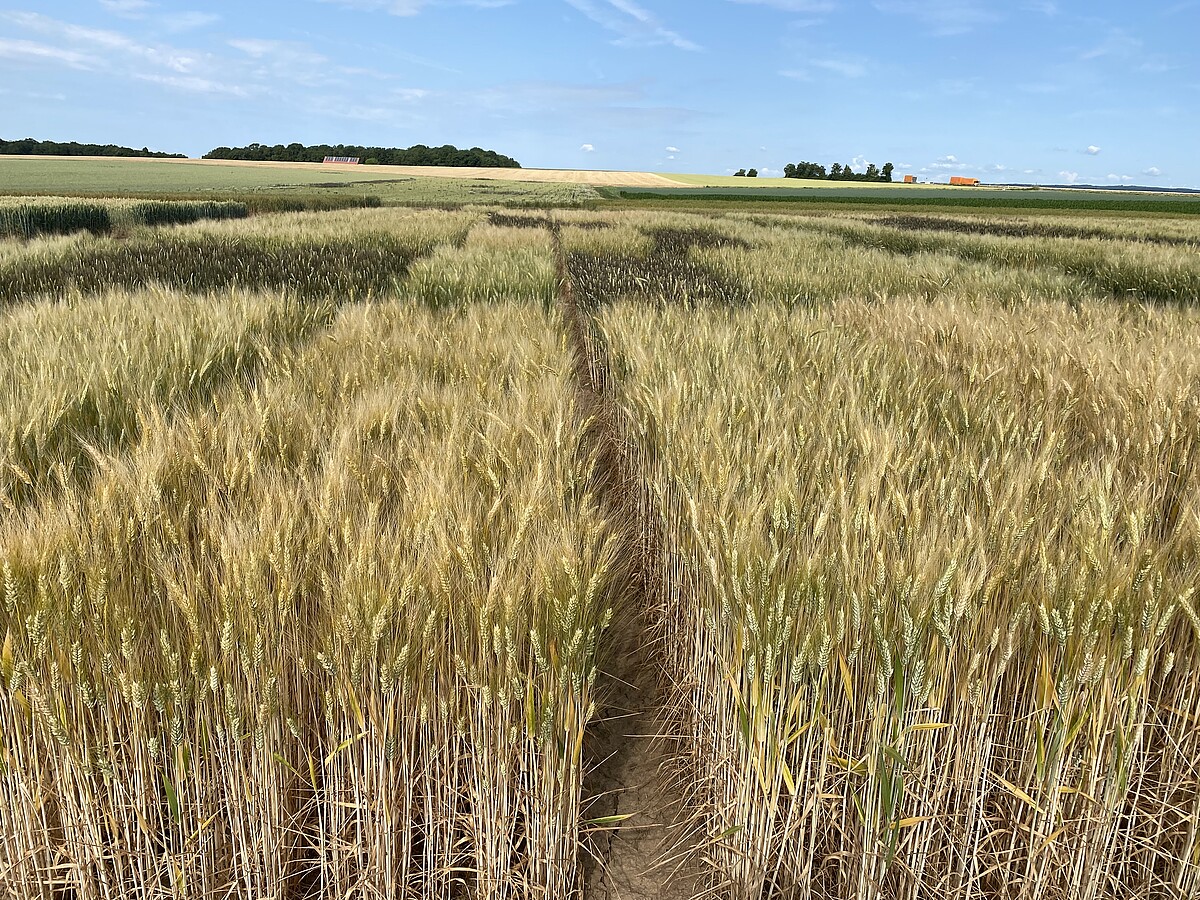General information about durum wheat
Durum (Triticum turgidum ssp. durum) is a free-threshing tetraploid wheat closely related with Emmer, from which he was derived thousands of years ago. Durum is the main ingredient for pasta, around 95% of the world durum production are used to produce pasta. Main durum producers were all countries around the Mediterranean Sea, USA and Canada. However, since the 1980ies, a constant production increase was established in Germany with > 40.000ha nowadays covering ~40% of German need of durum grains. The pasta industry has high demands to the durum quality. Besides high protein content and protein quality, a yellow colour and a vitreous kernel were demanded by German millers coupled with a high falling number. Durum is very susceptible against humidity around the harvest. One rainfall just before harvest may be sufficient to destroy irreversible its vitreousity and falling number. Thus, durum production in Germany is recommended only for regions with dry summers. Nevertheless, the local pasta industry ask more and more for local produced durum. A study confirmed the German durum production the highest sustainability regarding the CO2-footprint and a high content of health promoting carotinoids. We intensively work to understand more about the inheritance of the quality traits in order to select more efficiently varieties better adapted to the German environment.

